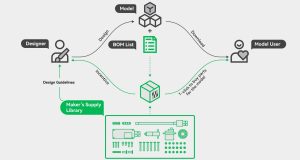With the innovative development “New Pointe Shoe Sole”, Sophia Lindner from act’ble GmbH has won the first prize of the purmundus challenge. Winners of the purmundus challenge were honored yesterday at Formnext. Second prize went to Ramon Mañas, Odisei Music SL, for Travel Sax, while Jamie Cook, Henry Neilson, Theo Clarkes, Mark Brown, Jess Lewis, and George Jary of HEXR won third prize with their project “HEXR, the world’s first 3D-printed custom-fitting bicycle helmet”.
The finalists of this year’s purmundus challenge, which took place in 2021 under the motto “Innovation in Progress”, were presented with their prizes during Formnext. The award-winning developments range from ballet shoes to 3D-printed musical instruments, bicycle helmets, heat exchangers and brake calipers.
Act’ble is a young company that has collaborated with top athletes to develop a new pointe shoe for classical ballet and contemporary dance. The product is said to last five times longer than traditional pointe shoes and also drastically reduce physical pain. The patented concept of a 3D-printed sole combined with the upper creates new possibilities for movement and individual artistic expression.
Designed and manufactured in Barcelona, the Travel Sax is the smallest and lightest electronic saxophone in the world. The latest 3D printing technologies are used in the production of the saxophone, which is already played by 1,200 customers worldwide. The MIDI controller can work with both smartphone and PC. The position of the keys is modeled according to a conventional saxophone, and the volume is regulated by the pressure of breath. The electronic saxophone can also be used to practice without disturbing neighbors.
HEXR, is the world’s first custom-fit 3D-printed bicycle helmet, according to its developers. The design, made of honeycomb structures, combines comfort and safety. When the helmet is created, the head is scanned and measured using the specially developed app. The custom-fit design is then automatically generated on the server. The PA11-based material is made of 100 percent castor oil. The inner honeycomb structures and the smaller helmet components are 3D printed. The helmet is not only made to measure, but also personalized with the customer’s engraving.
In addition, the following special awards were presented at Formnext: The Special Mention was awarded to Dr. Myriam Lingg, Lukas Schiller and Alec Chevrot (macu4 AG) for their Macu4 Forearm Prosthetics – breathable and customized prostheses for the forearm. The Innovation Prize was awarded to Pablo Valdivia y Alvarado, Narasimha Boddeti, Tien Van Truong, Vincent S. Joseph, Thileepan Stalin, Theo Calais, Shien Yang Lee and Martin L. Dunn (Bio-inspired Robotics and Design Laboratory – Singapore University of Technology and Design, Washington State University, University of Colorado Denver) for the project “Bespoke 3D Printed Soft Robots”. The Public Choice Award went to Roberto Trunfio and his 3D printed juicer called Delijuice, which was made with filament produced from processed citrus waste.
The 2021 Altair Simulation Driven Design Award went to Tommaso Tirelli, Aidro – Desktop Metal Company, and his Toucan Beak – a solution for efficient, 3D printed lightweight heat exchangers. Aschraf Danun, Michael Wehrli, Remo Elmiger, Ole Müller, Tiago Ogris, Tom Felder and Prof. Mirko Meboldt from ETH Zurich – Product Development Group Zurich were awarded the Newcomer Prize for the development of a 3D-printed brake caliper including function integration.
In a festive award ceremony on Thursday in the week of the Formnext trade fair, the winners received the purmundus challenge trophy as well as prizes with a total value of 30,000 Euros.
Press release from Vineeta Manglani, Formnext

This year’s winners are:
1st prize: new pointe shoe sole
act’ble GmbH I Sophia Lindner
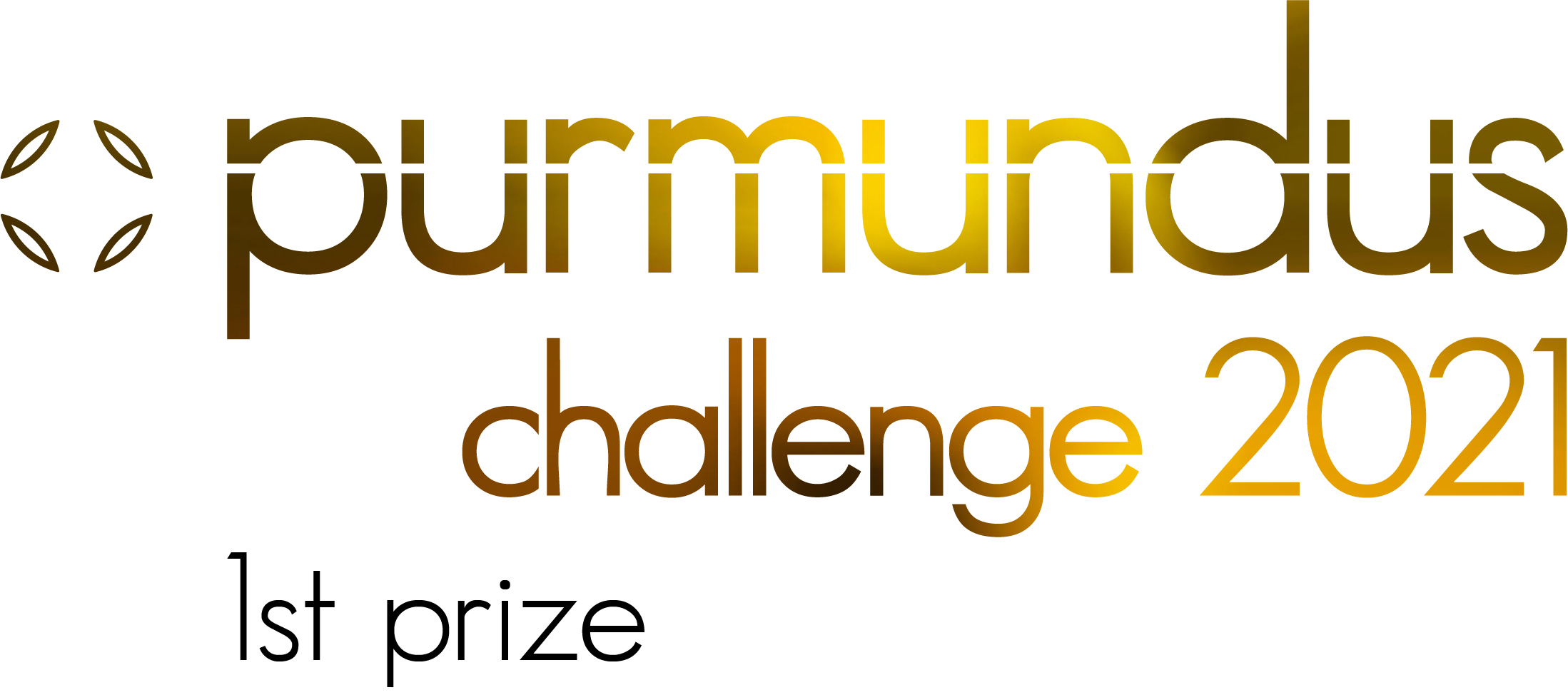
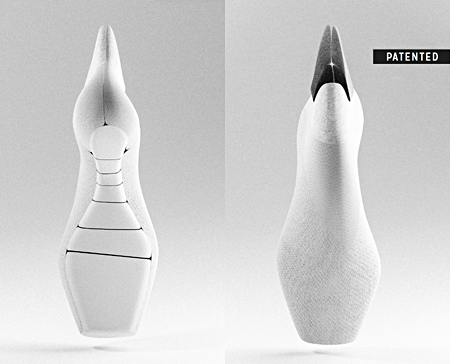 Developement of a tool, that’s made to move. Moveable in itself due to the geometry. Enabling perfection of aesthetic movements
Developement of a tool, that’s made to move. Moveable in itself due to the geometry. Enabling perfection of aesthetic movements
As a young and dynamic innovation team we re-think one of the most iconic, aesthetic, and powerful sports: ballet. act‘ble is a young company creating a new art of movement. Design and Research together with high level athletes leads to the developement of a new pointe shoe for classical ballet and contemporary, that lasts 5 times longer than conventional pointe shoes and dramatically reduces physical pain. We want to enable dancers to make a difference in their performance, live and world. Through our patented concept of a 3D printed Sole combined with an upper we create new possibilities of movement and individual artistic expression.
State of the art
Pointe shoes are made by the most elaborate handwork. In over 100 steps a shoe is made from several layers of linen and glue, which is then oven-hardened for 24 hours. The durability of a pair of shoes is 1 day in professional sports, which puts the dancer at extreme health risk. The Royal Opera House in London, for example, invests 250,000 EUR in pointe shoes alone per season.
Thanks to 3D scans, 3D printing and functional knitting, we develop a performance she that fits perfectly
To eliminate the conflict between the necessary flexibility and stability, the sole has cuts at the bottom. They allow free movement for the upward and downward rolling movements of the foot, where physiological walking is not possible with conventional shoes. On the other hand, for standing on the toes, the optimal support function is ensured by the segments closing and blocking. According to a modular system, the sole and the upper shoe can be exchanged later.
Developement
In 3D printing we have found a tool that offers the same precision and individuality as the athletes themselves. Mass personalisation and motion capture also open up possibilities that were previously unheard of in this industry. In over a hundred iterations, we 3D printed an individually generated prototype every 1 to 2 days, further optimised it and tested it with high-level athletes from the surrounding state theatres and companies with extremely positive feedback. Due to the high precision of the FDM process, we were able to develop a performance sole in rapid prototyping that never existed before. The 200-year-old traditional pointe shoe is completely rethought.
Fluent transition from prototype to series product
The next step is to optimise the sole geometry for the SLA process in order to produce 3D printed soles that will also be sold directly to customers.
Scenario ”Beta-Testathlete”: Permanent optimisation through direct customer feedback
The first 3D printed act’ble shoes will be available for purchase in early 2022 as part of a beta study. For high-level athletes, there will be the possibility to make adjustments to individual needs in terms of performance and health. Thanks to mass customisation, dancers will be able to find a tailor-made answer to their individual requirements. It is no longer necessary to test/ consume a large number of shoes in order to find one that comes close to fitting. 3D printing + form-knitting offer the basis to produce without waste.
User feedback
Our vision is based on one of the greatest cultural assets that has always shaped humanity: Dance. In addition to the world’s leading Stuttgart State Ballet, we would like to set another milestone in the region and further develop this cultural treasure and make it available to dancers worldwide. Quote from our survey of a dancer from the New York City Ballet: “I hope dancers will take more ownership of their career and its prevention and will behave more like high-level athletes.
Vision
The product development takes place in close cooperation with dance medicinists and the TA.MED e.V. (Tanzmedizinischer e.v. Deutschland). From a health perspective, muscular training processes in particular can be significantly optimised through the new sole. A topic that is long overdue in ballet. Together with the Fraunhofer Institute IPA, a research series in the field of mass personalisation and motion analytics will be aimed. The aim is also to build the sole geometry parametrically in the future based on a generative design based on the dynamic forces. The focus of further development is on stress optimisation. For this purpose, a tool is to be used to optimise current predetermined breaking points in the future through stress analyses / topology optimisation and to identify stress peaks.
IP
trademark “act’ble” in: Switzerland, Canada, China, USA, Korea, Japan, Australia, Russia, Germany. Patent in EU and USA
2nd prize: Travel Sax
Odisei Music SL I Ramon Mañas
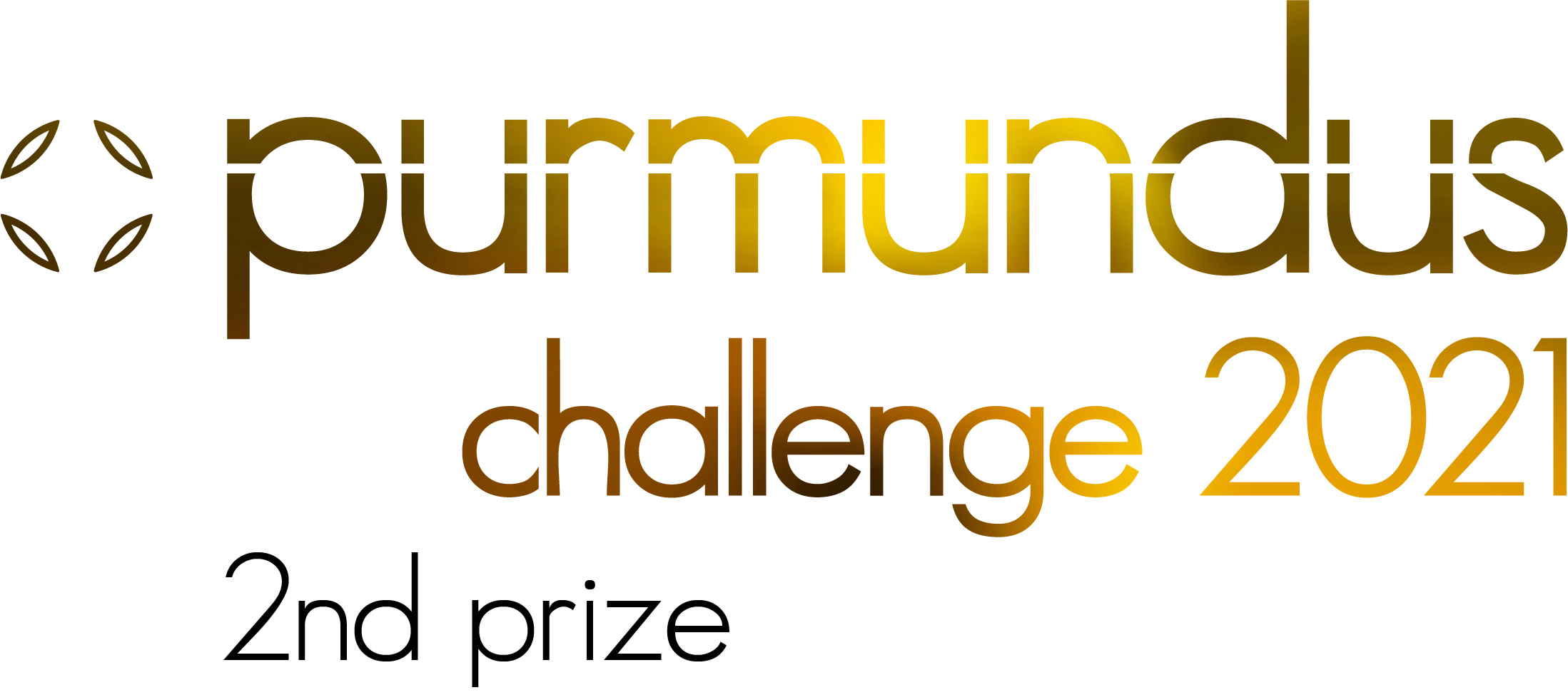
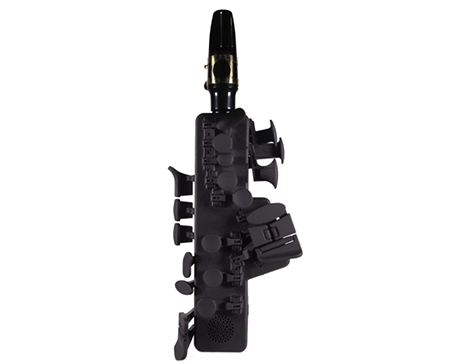 Travel Sax is the smallest and ligthest electronic saxophone in the world. Designed and manufactured in Barcelona. It has been manufactured with the latestet 3D printed technologies and we have more than 1200 customers all arrond the world. This small MIDI controller can work with your smartphone and with your PC. It uses a standard saxophone mouthpiece and the position of the keys mimic a conventional saxophone as well as the pressure from your breath to determine volume. From now on you will be able to practice anytime anywhere without disturbing others, enabling you to improve your saxophone skills much faster.
Travel Sax is the smallest and ligthest electronic saxophone in the world. Designed and manufactured in Barcelona. It has been manufactured with the latestet 3D printed technologies and we have more than 1200 customers all arrond the world. This small MIDI controller can work with your smartphone and with your PC. It uses a standard saxophone mouthpiece and the position of the keys mimic a conventional saxophone as well as the pressure from your breath to determine volume. From now on you will be able to practice anytime anywhere without disturbing others, enabling you to improve your saxophone skills much faster.
3rd prize: HEXR, the world’s first custom fit cycle helmet
HEXR I Jamie Cook I Henry Neilson I Theo Clarkes I Mark Brown I Jess Lewis I George Jary
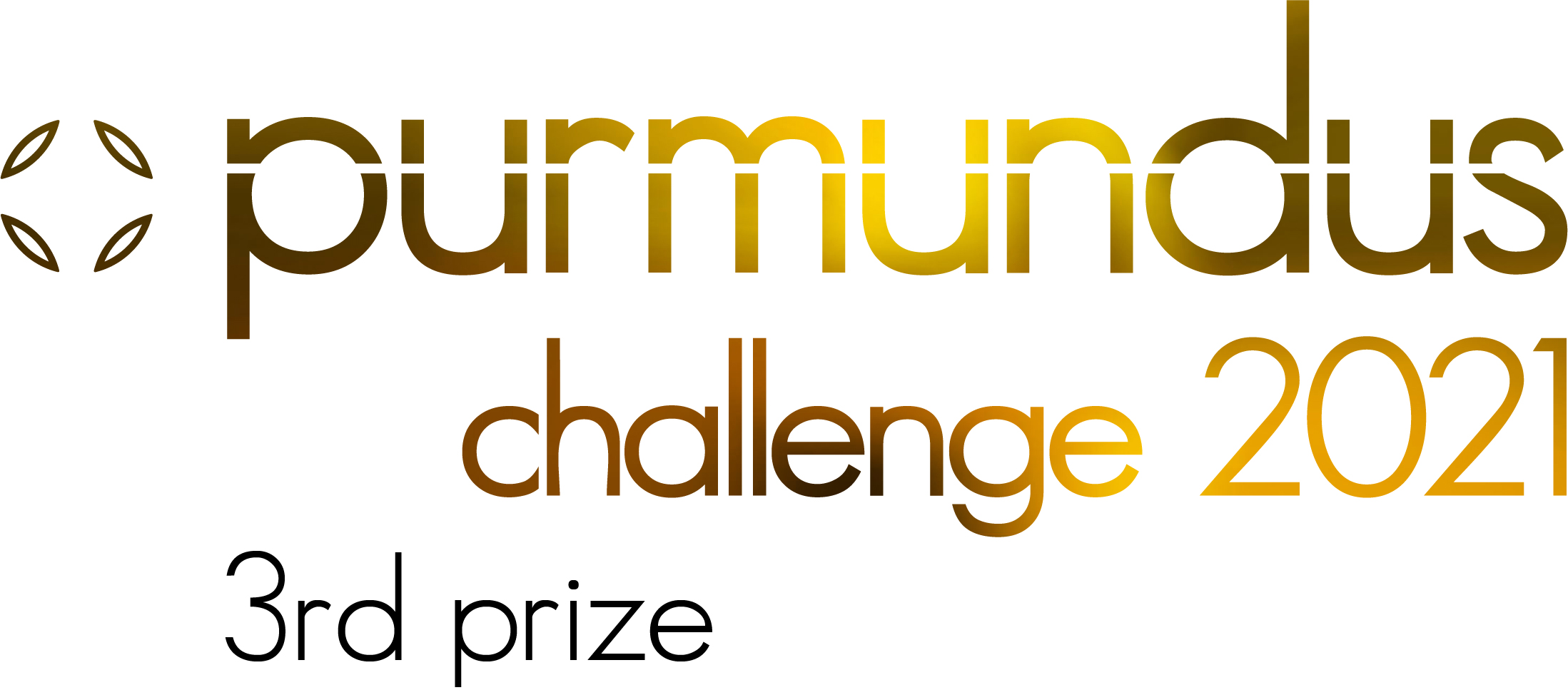
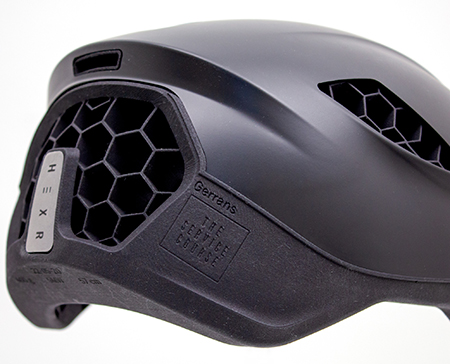 HEXR, the custom fit cycle helmet. Our unique design uses a honeycomb structure to offer market-leading head protection while ensuring maximum comfort.
HEXR, the custom fit cycle helmet. Our unique design uses a honeycomb structure to offer market-leading head protection while ensuring maximum comfort.
The creation of the helmet starts with a fitting-scan of the head, which is quickly measured by the our guided app using a cloud of points and the custom fitting HEXR is automatically generated on the server.
HEXR places great emphasis on social impact and sustainability – the PA11-based material consists of 100% castor oil. It is sustainably sourced by Arkema through the Pragati initiative, which supports sustainable farming methods, reduced water consumption and fair working conditions. The inner honeycomb structures and the smaller helmet components are 3D printed. The finishing touches include the assembly outer shell, chin straps, padding and an optional 3D printed ratchet system. The helmet is not only custom made, but additionally personalised with the customers own engraving to truly give the helmet that personal touch. HEXR is one of the first products to make it to mass production on the market through hybrid manufacturing using Advanced Technologies. The helmet also provides groundbreaking safety standards without compromising fit or aesthetics.
Special Mention: macu4 forearm prosthetics
macu4 AG I Dr. Myriam Lingg I Lukas Schiller I Alec Chevrot

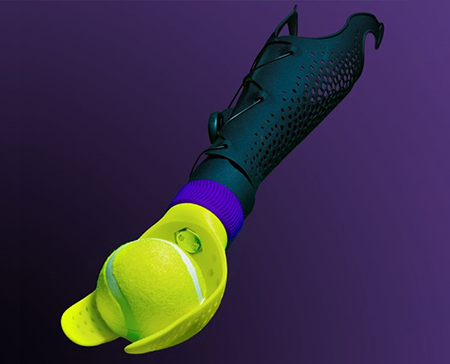 Opportunity
Opportunity
Customization is not cost-effective + offerings are uncomfortable & little lifestyle supporting.
Part 1 of solution
The input parameters can be derived from a scan or a manual measurement.
Part 2 of solution
The macu4 shaft design is modular and can be used for example with our sports hands.
Design – The Shaft
It is customizable for many arms, is lightweight, breathable and intuitive in using it.
Design – The Bike Module
It gives you support on a handlebar, whether it’s a bike, scooter, lawn mower or shopping cart. It allows to steer while guaranteeing an ergonomic posture.
Design – The Ball Module
It supports you in certain ball sports – pick up a ball from the ground, hold it and throw a ball. It works for balls from the size of a table tennis ball to tennis balls.
Design – The Swim Module
It makes it easier for you to displace water with your arm and benefit you in various swimming styles. For example, freestyle, backstroke or breaststroke.
Usability
macu4 is currently tested by 20 users which provide important insights.
Market
USD 1.5B and 20M people worldwide (upper & lower limbs).
Innovation Prize: Bespoke 3D Printed Soft Robots
Bio-inspired Robotics and Design Laboratory – Singapore University of Technology and Design I Washington State University I University of Colorado Denver I Pablo Valdivia y Alvarado I Narasimha Boddeti I Tien Van Truong I Vincent S. Joseph I Thileepan Stalin I Theo Calais I Shien Yang Lee I Martin L. Dunn
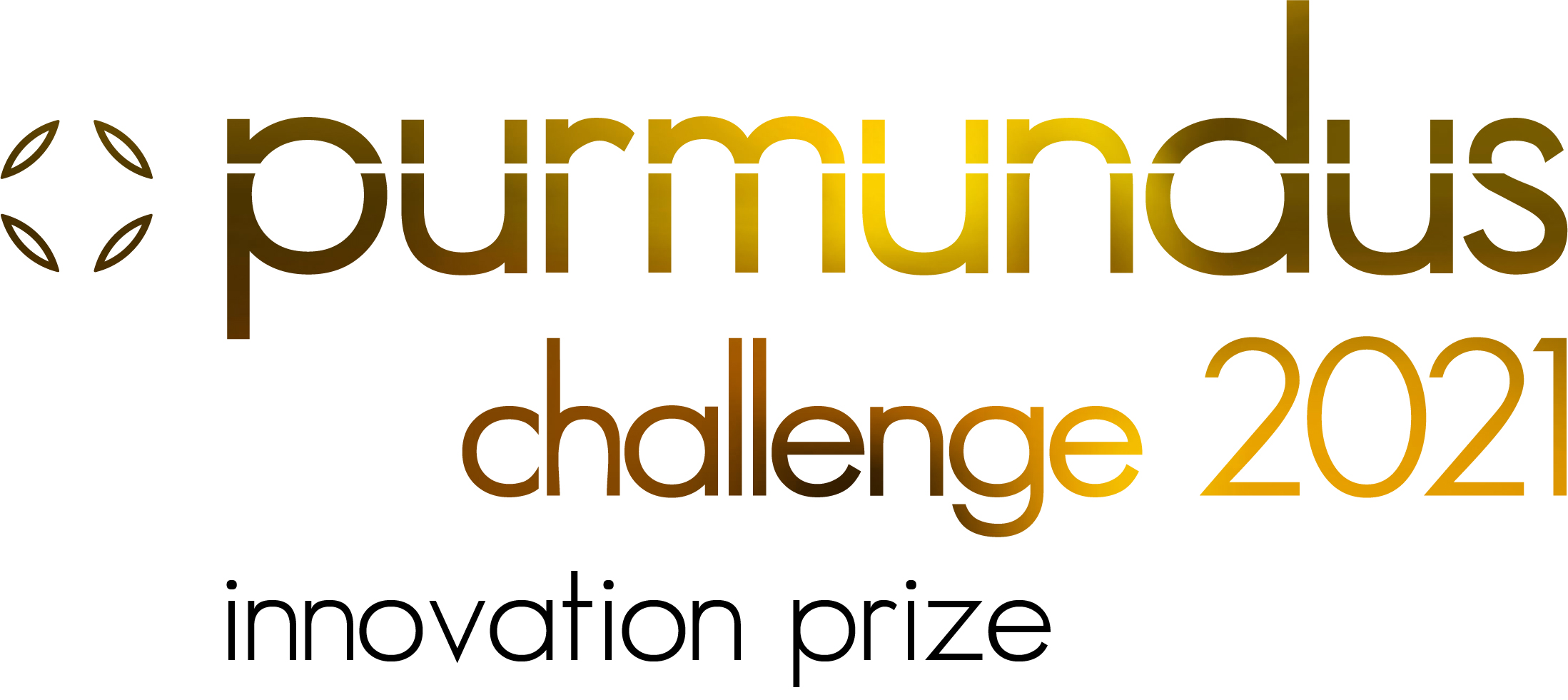
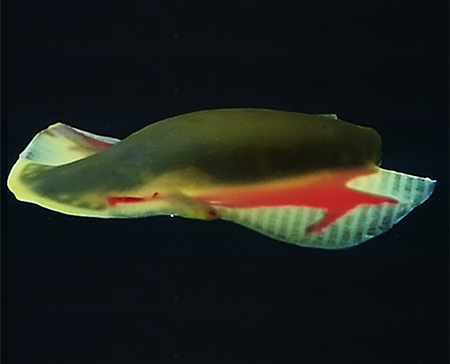 Material properties and composite structures play key roles in tailoring the performance of 3D printed functional devices such as Soft Robots. Unfortunately, current design (i.e. traditional CAD) and fabrication approaches limit achievable complexity and functionality in these two categories and hinder the performance of 3D printed functional devices or products.
Material properties and composite structures play key roles in tailoring the performance of 3D printed functional devices such as Soft Robots. Unfortunately, current design (i.e. traditional CAD) and fabrication approaches limit achievable complexity and functionality in these two categories and hinder the performance of 3D printed functional devices or products.
This project takes a systems level approach that allows innovative design and direct fabrication of novel soft composite structures. The process uses computational topology optimization to determine the required 3D composite structure of soft hyper-elastic bodies.
Design
As an example application, the figures on the right show the design of a Soft Batoid-like robot (TOP) and the design of the optimal 3D composite structure for fins that enable high propulsive performance (BOTTOM).
Fabrication
The direct fabrication of the soft composite structures using an all-in-one fabrication workflow with resilient silicone polymers enables precise tailoring of mechanical properties. By applying this approach to the design and fabrication of an underwater batoid-inspired soft robot, significant swimming performance improvements are demonstrated. The pictures below show the fin fabrication process via Direct-Ink-Writting (DIW) and embedded 3D printing (LEFT & CENTER) and a detail of the fine features of the 3D composite structure of the fin (RIGHT).
The design and fabrication approaches developed for this project complement each other in a novel way to provide a higher degree of customization and functionality in silicone based 3D printed functional devices. Our computational design approach enables optimization of the material property distribution to yield desired body kinematics at a new level of complexity. The required material distributions are translated into equivalent soft composite structures and the resulting tailored robot kinematics enable performance not achievable using traditional fabrication approaches.
Results
An optimized composite prototype (images BELOW) displays 50% faster swimming speeds, 28% faster turning rates, and 55% smaller turning radii than un-optimized benchmark prototypes.
Simulation Driven Design: Toucan Beak
Aidro – Desktop Metal Company I Tommaso Tirelli
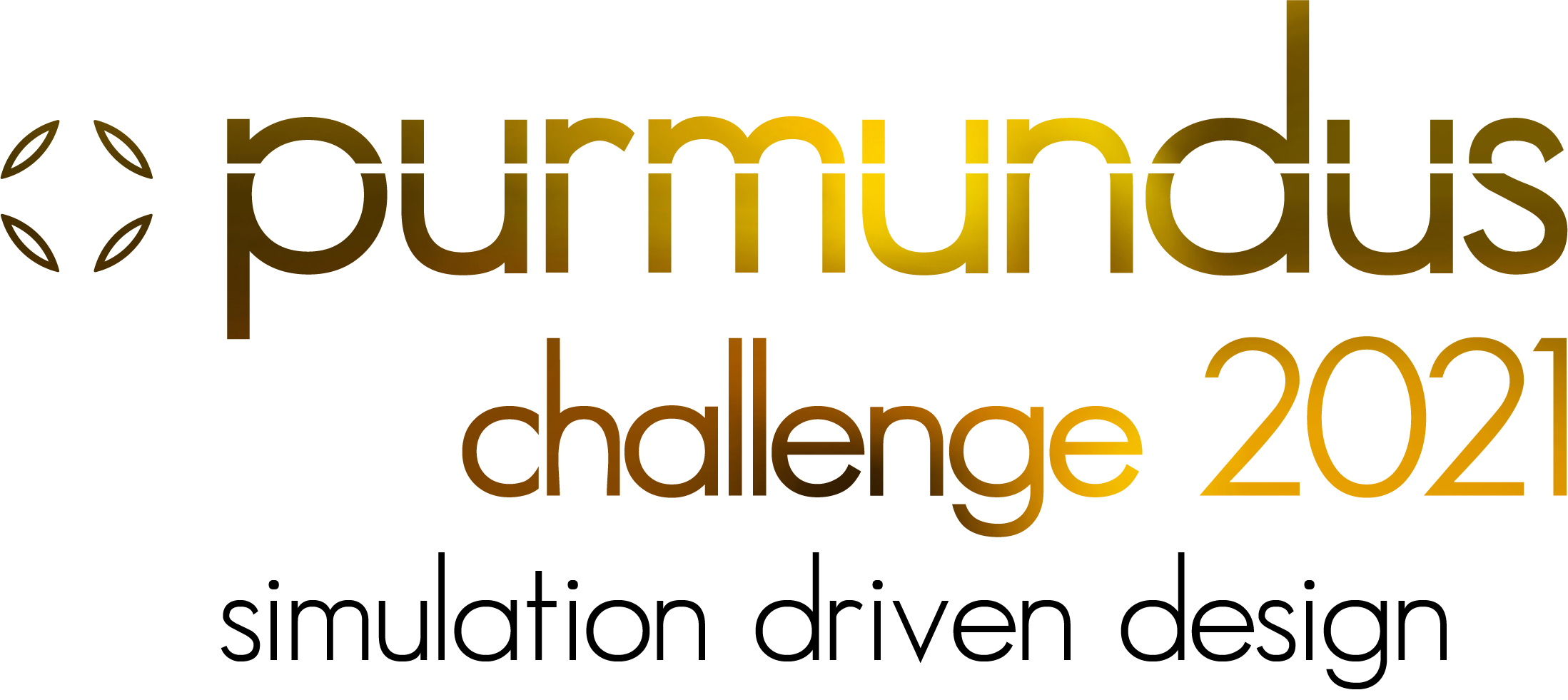
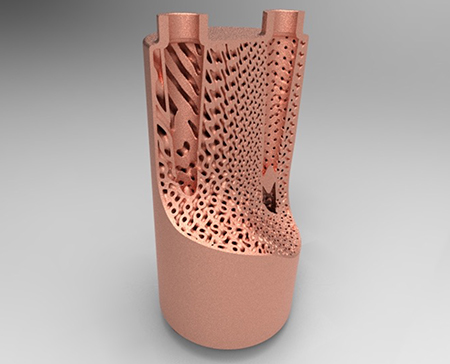 Key elements of the idea/problem: Bio-inspired design and manufacturing
Key elements of the idea/problem: Bio-inspired design and manufacturing
Heat Exchanger (HX) with metal Additive Manufactured (AM) micro-channel structures, designed through Multidisciplinary Topological Optimization and Machine Learning simulation (AI) enabled by High-Performance Computers.
Outcomes
Highly efficient, low weight, low carbon footprint HX solutions, through very innovative advanced design process. Digital inventory and distributed manufacturing readiness through AM. Increase energy efficiency for existing systems without system layout changes or for spare parts.
Goals
improve heat exchange, reduce pressure drops, reduce weight and space, on a printable LPBF solution.
Market & Business opportunities
HX EU Market value*: 1.8 b$ (2015), 4.5b$ (2027), CAGR 12.1% (2020-2027). Profitability driven by solutions with high degree of customization and flexibility for high end applications; extension of partners’ core business (*source: Grand View Research, Inc)
Partnerships
Co-funded R&I project (EU: 3DP Pan, FF4EuroHPC / Italian Government: CIM4.0, MADE). Partners: Optimad Engineering, EOS GmbH, CINECA
Advanced Optimized Solutions for Additive Manufactured Lightweight and Highly Efficient Heat Exchangers
Bio-inspiration
The Toucan Beak is:
- Lightweight but stiff, thanks to controlled and variable porosity (Nature’s Topological Optimization)
- Integrates multiple functions, including a Controllable Vascular Heat Exchanger
Design
Highly Innovative approach. Multi-disciplinary Topological Optimization with advanced simulation tools, Machine Learning and Hight Performance Computer deployment. Increased surface for same volume and controlled porosity = thermal efficiency increase and lightweight solution.
Manufacturing
Laser Powder Bed Fusion allows to manufacture micro-channel complex structures. Readiness for digital inventory and distributed manufacturing, i.e. in proximity of the end user site with extremely short lead-time. Enables Integration of multiple functions in a single part.
Variable Porosity
= Frequency variation of gyroid, to address the fluids in all volume available and increase heat exchange.
Newcomer Prize: Highly Functional Integrated 3D Printed Brake Caliper
ETH Zürich – Product Development Group Zurich I Aschraf Danun I Michael Wehrli I Remo Elmiger I Ole Müller I Tiago Ogris I Tom Felder I Prof. Mirko Meboldt

 As part of a student project of the Product Development Group at ETH Zürich, we designed a highly integrated bike brake caliper for metallic additive manufacturing to demonstrate the free functional complexity potential of AM with three added values: design freedom for internal fluid channels, the functional integration of both, a monolithic compliant membrane and topology optimized lightweight design. Traditional brake calipers are hydraulically actuated using pistons. They consist of two halves that are held together by screws. Unfortunately, the design is prone to leaking. Also, the assembly and bleeding are time-consuming. We managed to reduce the number of parts from eleven to one by replacing the pistons with a compliant mechanism: a thin corrugated membrane. This monolithic design allows the caliper to be printed as one single part with all functionalities integrated. The fluid channels were optimized to trap less air while bleeding. The design is scalable and could be applied to cars or aerospace as well. The -35% lightweight design is visioned to reduce fuel consumption and CO2 emissions in such an application domain.
As part of a student project of the Product Development Group at ETH Zürich, we designed a highly integrated bike brake caliper for metallic additive manufacturing to demonstrate the free functional complexity potential of AM with three added values: design freedom for internal fluid channels, the functional integration of both, a monolithic compliant membrane and topology optimized lightweight design. Traditional brake calipers are hydraulically actuated using pistons. They consist of two halves that are held together by screws. Unfortunately, the design is prone to leaking. Also, the assembly and bleeding are time-consuming. We managed to reduce the number of parts from eleven to one by replacing the pistons with a compliant mechanism: a thin corrugated membrane. This monolithic design allows the caliper to be printed as one single part with all functionalities integrated. The fluid channels were optimized to trap less air while bleeding. The design is scalable and could be applied to cars or aerospace as well. The -35% lightweight design is visioned to reduce fuel consumption and CO2 emissions in such an application domain.
For more information about our highly functional integrated AM part please watch the video: https://youtu.be/mq-pQFMKOqk
Public Choice Award: Delijuice
Roberto Trunfio

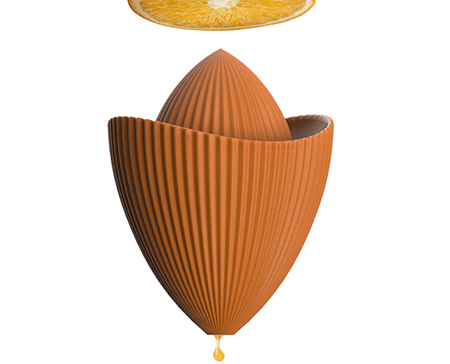 The Delijuice Juicer was born from the idea of wanting to give a new life to food waste. Various sectors of the food supply chain have been analyzed and their problems, opportunities, studies carried out and already active projects have been evaluated.
The Delijuice Juicer was born from the idea of wanting to give a new life to food waste. Various sectors of the food supply chain have been analyzed and their problems, opportunities, studies carried out and already active projects have been evaluated.
The citrus sector was selected as the best for its potential and the ability to act and create something starting from waste, using 3D printing technology.
The project is a juicer made with citrus waste processed and processed into filaments for 3D printing. It could be the first in a family of similar products.
Delijuice project wants to enter the supply chain, creating new connections hoping to communicate and promote attention to food waste. The circular economy model of delijuice starts from the waste from the 4 main phases of the supply chain and promises to give back products designed not only for the final consumption phase but will also undertake to design products useful for collection, transport and sales packaging. It will also go live by creating real user experiences in the field and in the laboratories.
Citrus colors palette
The color palette is inspired by the world of citrus from the light and dark green typical of the leaves and lime, to the shades of yellow, orange, pink, lemon red, orange, grapefruit, blood orange to the classic black and white.
More information at purmundus-challenge.com and formnext.de
About purmundus challenge
Since 2012 the purmundus label is inviting designers, engineers and programmers to ex-plore new paths in additive manufacturing by taking part in the ‘purmundus challenge’. The international competition adresses itself to students and design studios that like to meet the challenge of 3D printing. Almost every kind of submission is possible – from a simple concept to a market ready product. Every year the finalists are displayed on a spe-cialized fair where a selected international jury evaluates the submissions. Following this the winners will be rewarded within a festive setting.
About cirp GmbH
purmundus challenge is a trademark of cirp GmbH. Since 1994 the cirp GmbH produces prototypes and small series in polymers with additive manufacturing such as stereo-lithography, laser sintering or polyjet. The cirp GmbH works for many industries with a particular focus on the automotive industry. As a partner in collaborative research projects, the cirp GmbH is also involved to shift and expand the possibilities and limitations of additive manufacturing continuously.
About Formnext
Formnext powered by tct is the leading trade fair for additive manufacturing and the next generation of intelligent manufacturing solutions. It focuses on the efficient realization of parts and products, from their design to serial production. The conference set to take place alongside the exhibition will also highlight the latest trends and issues in additive manufacturing, along with clever ways in which it can be integrated into process chains in industrial production. Formnext is organized by Mesago Messe Frankfurt GmbH.
Subscribe to our Newsletter
3DPResso is a weekly newsletter that links to the most exciting global stories from the 3D printing and additive manufacturing industry.




























